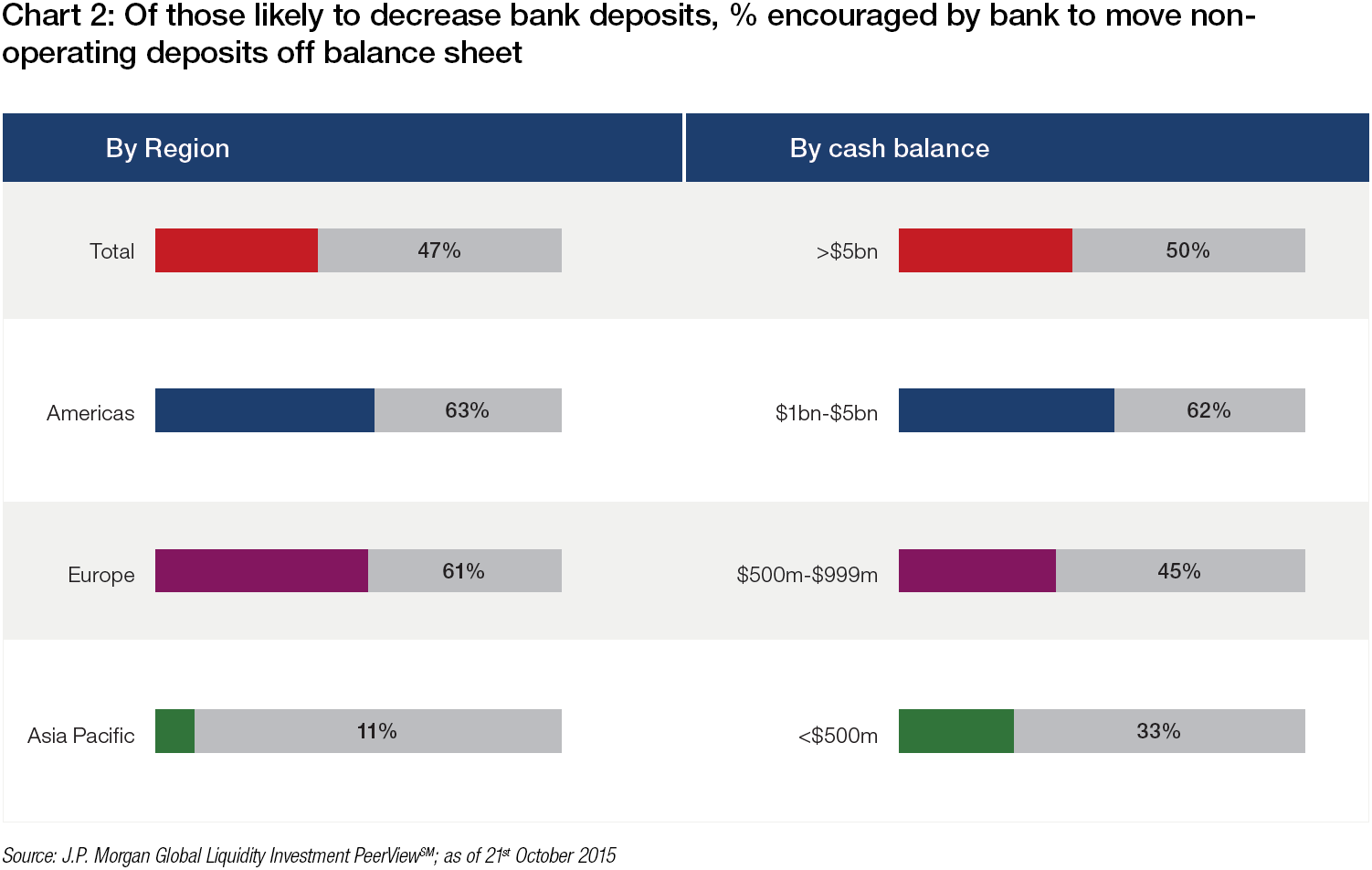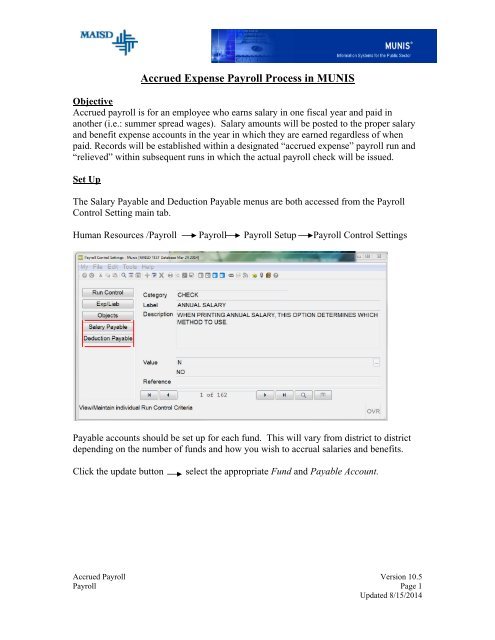
Developing and communicating clear policies regarding pay adjustments is crucial for maintaining trust and transparency within the organization. Employees should understand how pay adjustments are determined, the factors considered, and the process followed. Transparent policies help in managing employee expectations and reducing dissatisfaction. Clear communication about pay adjustment criteria and processes ensures that employees feel valued and fairly treated, enhancing overall job satisfaction.
Leveraging payroll software to manage payroll adjustments
- Recording the start and end date of their sick leave is vital to ensure that all the information correctly balances.
- A payroll adjustment refers to any change in an employee’s regular pay.
- By analyzing salary data and market trends, companies can set pay rates that reflect current conditions, helping to prevent layoffs and maintain a strong workforce.
- Adjust your employee’s pay amount in your payroll software (or manually if that’s how you run payroll).
Be sure to check with your state for more information on overpayment recovery do’s and don’ts. Please note that the information on our website is intended for general informational purposes and not as binding advice. The information on our website cannot be considered a substitute for legal and binding advice for any specific situation. While we strive to provide up-to-date and accurate information, we do not guarantee the accuracy, completeness and timeliness of the information on our website for any purpose. We are not liable for any damage or loss arising from the use of the information on our website.
Extra payments must also be shown on the employee’s payslip to reflect that the company is paying them more money that month. If the extra payment applies to everyone in the company, then it’s a more straightforward process. On the other hand, results-based payments require more precise control to make sure the right amount of money reaches the right people.
How to calculate and distribute retroactive pay
Implementing pay adjustments is crucial for various reasons that benefit both employees and employers. Having to make changes to employees’ payslips from month to month isn’t unusual in business today. Salary increases and sick leave are just some of the possible reasons.
Variable compensation

This communication is for informational purposes only, is not legal, tax or accounting employment contracts for small businesses advice, and is not an offer to sell, buy or procure insurance.
Regularly consulting market salary surveys can guide adjustments for cost of living, performance-based increases, and equity 2020 adp time tracking and scheduling software adjustments. Maintaining fairness and equity among employees when making pay adjustments is crucial. HR managers need to regularly review and adjust pay rates to reflect current market conditions and internal comparisons, promoting pay equity and preventing disparities. The Equal Pay Act mandates that men and women receive equal pay for equal work. Avoiding pay discrimination is vital when making pay adjustments. Pay equity is achieved by conducting regular salary reviews and making necessary adjustments to address disparities.
You’ve determined that an employee requires a payroll adjustment. First, check for compliance with wage and hour and employment laws. It is important to communicate with employees about how payroll adjustments are handled by your company. Even in jurisdictions where notice of the pay or payroll adjustment is not required, employees usually would like to know why.
HR managers should review employee compensation across different shifts, positions, and job duties to ensure alignment with market standards and internal equity. Analyzing payroll errors and employee requests for pay raises can also highlight discrepancies that need addressing. One of the significant challenges in managing pay adjustments is operating within budget limitations. Companies often have a fixed budget for payroll, making it essential to balance the need for salary adjustments with available financial resources. Market rate adjustments ensure that an employee’s pay is competitive with industry standards. These adjustments are essential for retaining employees and attracting new talent.
A payroll adjustment (also called pay adjustment) is a temporary or permanent increase or decrease of an employee’s pay. Information regarding pay adjustments are typically collected and administered by the HR team. The HR team is also responsible for passing the information on to the payroll team so that they can implement the salary changes before the next payroll run. Handling employee expectations and potential dissatisfaction is another challenge. Employees may have varying expectations regarding pay raises and adjustments. Transparent communication is vital to managing these expectations and explaining the rationale behind pay decisions.
Remember to update your records, including your accounting books, to reflect the overpayment and recovery. Negotiate a plan that works for you and the employee, such as deducting a certain amount each paycheck. Make sure the final plan is in writing, and get the employee’s signature. When your payroll how to report your interest income liabilities are incorrect, you can do a liability adjustment to fix them.